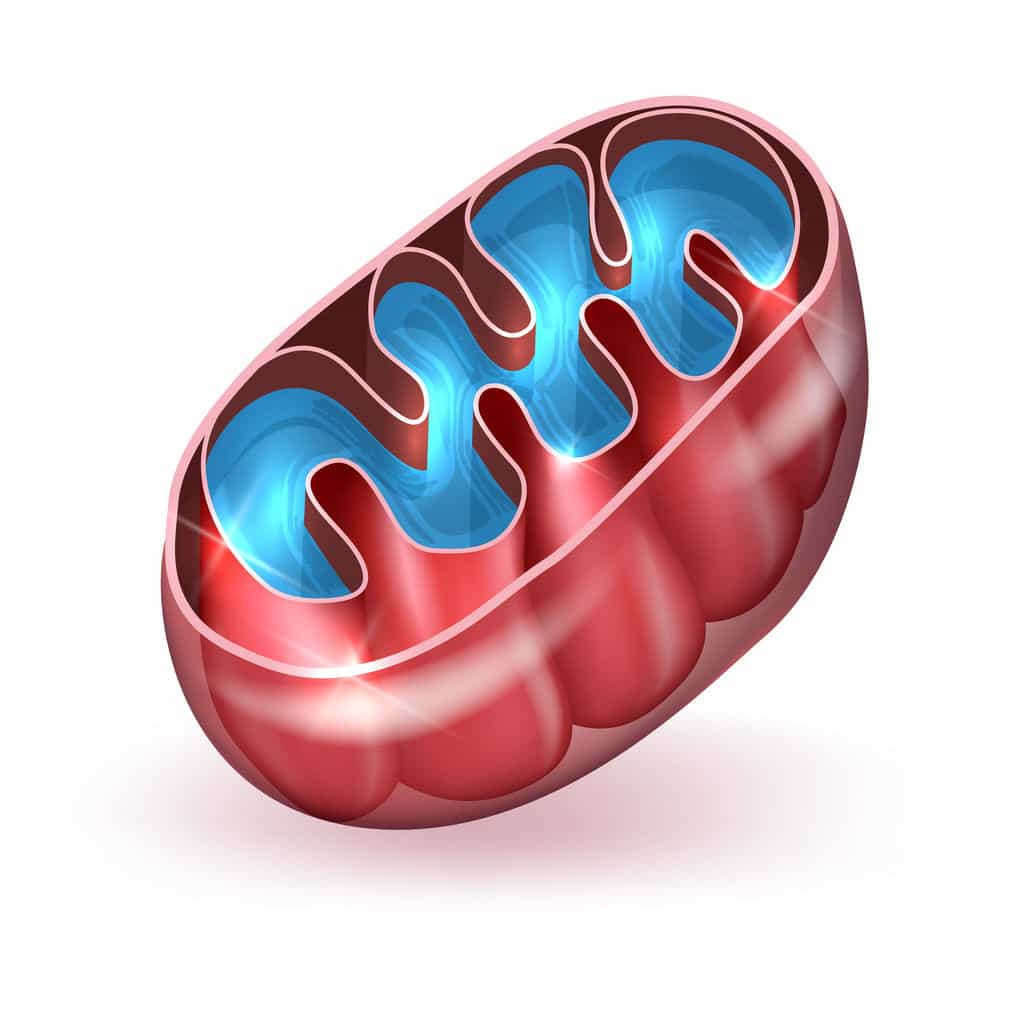
[cmamad id=”4822″ align=”center” tabid=”display-desktop” mobid=”display-desktop” stg=””]
This newsletter shows the diabetes and cancer connection.
We’ll focus specifically on type two diabetes.
And we’ll talk about how one of the primary causes of diabetes is actually the same as the cause of cancer.
We’ll also point out the way to potentially fixing both diabetes and cancer.
You may even be able to prevent them both.
The key starts in your cells.
Specifically, it starts with the mitochondria.
Mitochondria are the little energy factories and chemical factories in the cell.
Without mitochondria, there is no life because, without mitochondria, there is no energy.
Mitochondria can produce energy from fat or sugar.
Producing energy from sugar is the super efficient method.
It’s called oxidative phosphorylation, and it’s the most desirable form of energy production.
There are other ways to create energy, but they’re nowhere near as efficient.
Then there are the “sick” or “tired” methods of producing energy.
These types of energy production are inefficient, and they’re often symptoms of something worse.
Studies have shown repeatedly that poor metabolism increase diabetes and cancer risk.
[cmamad id=”4823″ align=”center” tabid=”display-desktop” mobid=”display-desktop” stg=””]
In this study, they took muscle samples from volunteers.
The volunteers were a mix of people who either had type two diabetes or who did not have any diabetes at all.
Some of the volunteers were obese, and some were lean.
Then the researchers examined the mitochondria to see what kind of energy production they were using.

In the volunteers with diabetes, there was not nearly enough of the oxidative phosphorylation taking place.
It’s the same thing that has been found in studies that focused on cancer.
The muscle for those with cancer is inefficient, and diabetics have the same problem.
The diabetic muscle was very inefficient and low energy.
In the nondiabetic muscle, there was plenty of oxidative phosphorylation going on.
These muscles were in peak condition, and their cells were highly energized.
And it’s the same for any healthy muscle.
But the diabetic muscle had cells were lackadaisical and low energy.
They cannot produce nearly enough energy to be healthy with their mitochondria.
In fact, the researchers found that the mitochondria were actually smaller in diabetic muscles.
But in the healthy volunteers, most of the mitochondria were bigger:

The bigger mitochondria can produce more energy more quickly.
And they use oxidative phosphorylation, rather than the much less effective ways used by the diabetic and sick cells.
The healthy cells used the healthiest way to create energy.
Based on the research, there is no doubt that smaller mitochondria and poor metabolism go hand in hand.
And there is no doubt at all that diabetes, like cancer, is a metabolic problem.
Dr. Otto Warburg won the Nobel Prize for discovering the “cancer metabolism.”

In contrast to normal differentiated cells, which rely primarily on mitochondrial oxidative phosphorylation to generate the energy needed for cellular processes, most cancer cells instead rely on aerobic glycolysis, a phenomenon termed “the Warburg effect.”
This is very similar to what is going on in a diabetic cell.
Diabetic cells are not producing energy using oxidative phosphorylation.
Many of them are in a low-energy state and are producing energy using aerobic glycolysis.
Aerobic glycolysis is the form of energy production that cells must resort to when there isn’t enough oxygen available.
Diabetic cells use aerobic glycolysis partly because they have low oxygen.
But they also use it because they are in a low energy state.
The good news is that you can reverse this problem.
The solution is to jumpstart the body’s ability to burn sugar.
You can force the body to use sugar through oxidative phosphorylation.
Certain supplements and foods can help to force the cells to use oxidative phosphorylation.
And these include aspirin, niacinamide, sugar, and orange juice.
They’re all natural ways to help reverse the symptoms of diabetes.
They’ll help you to avoid cancer and diabetes.
And they help to restore a full healthy metabolism… the metabolism you deserve.

http://diabetes.diabetesjournals.org/content/51/10/2944.short
Understanding the Warburg Effect: The Metabolic Requirements of Cell Proliferation
https://www.ncbi.nlm.nih.gov/pmc/articles/PMC2849637/

Leave a Reply